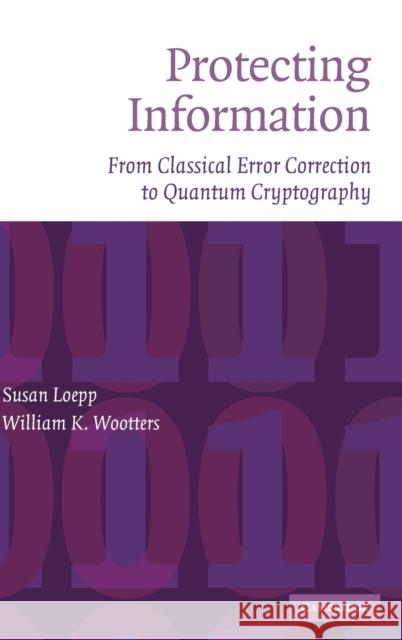Protecting Information: From Classical Error Correction to Quantum Cryptography » książka
Protecting Information: From Classical Error Correction to Quantum Cryptography
ISBN-13: 9780521827409 / Angielski / Twarda / 2006 / 304 str.
Protecting Information: From Classical Error Correction to Quantum Cryptography
ISBN-13: 9780521827409 / Angielski / Twarda / 2006 / 304 str.
(netto: 388,10 VAT: 5%)
Najniższa cena z 30 dni: 402,94 zł
ok. 22 dni roboczych
Bez gwarancji dostawy przed świętami
Darmowa dostawa!
For many everyday transmissions, it is essential to protect digital information from noise or eavesdropping. This undergraduate introduction to error correction and cryptography is unique in devoting several chapters to quantum cryptography and quantum computing, thus providing a context in which ideas from mathematics and physics meet. By covering such topics as Shor's quantum factoring algorithm, this text informs the reader about current thinking in quantum information theory and encourages an appreciation of the connections between mathematics and science. Of particular interest are the potential impacts of quantum physics: (i) a quantum computer, if built, could crack our currently used public-key cryptosystems; and (ii) quantum cryptography promises to provide an alternative to these cryptosystems, basing its security on the laws of nature rather than on computational complexity. No prior knowledge of quantum mechanics is assumed, but students should have a basic knowledge of complex numbers, vectors, and matrices.











